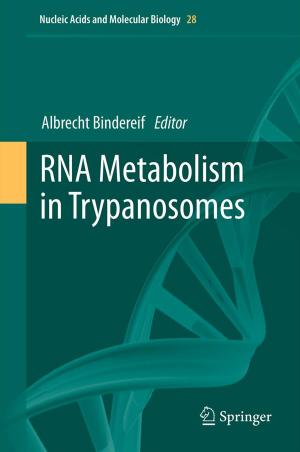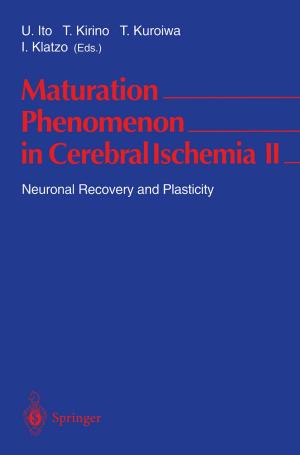Carbon Nanotubes for Biomedical Applications
Nonfiction, Science & Nature, Science, Biological Sciences, Biophysics, Technology, Engineering, Health & Well Being, Medical| Author: | ISBN: | 9783642148026 | |
| Publisher: | Springer Berlin Heidelberg | Publication: | February 9, 2011 |
| Imprint: | Springer | Language: | English |
| Author: | |
| ISBN: | 9783642148026 |
| Publisher: | Springer Berlin Heidelberg |
| Publication: | February 9, 2011 |
| Imprint: | Springer |
| Language: | English |
This book explores the potential of multi-functional carbon nanotubes for biomedical applications. It combines contributions from chemistry, physics, biology, engineering, and medicine. The complete overview of the state-of-the-art addresses different synthesis and biofunctionalisation routes and shows the structural and magnetic properties of nanotubes relevant to biomedical applications. Particular emphasis is put on the interaction of carbon nanotubes with biological environments, i.e. toxicity, biocompatibility, cellular uptake, intracellular distribution, interaction with the immune system and environmental impact. The insertion of NMR-active substances allows diagnostic usage as markers and sensors, e.g. for imaging and contactless local temperature sensing. The potential of nanotubes for therapeutic applications is highlighted by studies on chemotherapeutic drug filling and release, targeting and magnetic hyperthermia studies for anti-cancer treatment at the cellular level.
This book explores the potential of multi-functional carbon nanotubes for biomedical applications. It combines contributions from chemistry, physics, biology, engineering, and medicine. The complete overview of the state-of-the-art addresses different synthesis and biofunctionalisation routes and shows the structural and magnetic properties of nanotubes relevant to biomedical applications. Particular emphasis is put on the interaction of carbon nanotubes with biological environments, i.e. toxicity, biocompatibility, cellular uptake, intracellular distribution, interaction with the immune system and environmental impact. The insertion of NMR-active substances allows diagnostic usage as markers and sensors, e.g. for imaging and contactless local temperature sensing. The potential of nanotubes for therapeutic applications is highlighted by studies on chemotherapeutic drug filling and release, targeting and magnetic hyperthermia studies for anti-cancer treatment at the cellular level.















